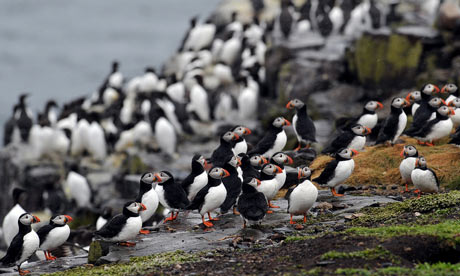More than 1,000 elephant tusks have been seized at a port in Hong Kong in south-east Asia.

The ivory was hidden beneath planks of wood in a large container from the African country of Togo.It's thought the tusks came from baby elephants. They are worth around £1.5 million on the illegal ivory market.
Officials in Hong Kong say the seizure, which weighs two tonnes, is their biggest since 2010.
"We profiled a container from Togo, Africa, for cargo examination. First, we found irregularities at an X-ray check. Then, we opened the container and discovered the tusks of different sizes," Wong Wai-hung, a From customs' commander, told reporters.
He added that the tusks were buried underneath planks of wood in the corner of the 20-foot container, which had been declared as carrying wood only.
More than 1,148 tusks were seized in the haul at Hong Kong's Kwai Chung terminal, worth around $2.3 million.
Ng Kwok-leung, customs' group head of ports control, said that the majority of the tusks seized in the operation were from baby elephants.
"It was a big haul, we should be happy. But when I looked at these tusks, we saw very small tusks of baby elephants. We were sad because they were killed for nothing," he said.
The international trade in elephant ivory, with rare exceptions, has been outlawed since 1989 after populations of the African giants dropped from millions in the mid-20th century to some 600,000 by the end of the 1980s.
Ivory is popular with Chinese collectors who see it as a valuable investment.
It is often intricately carved to depict anything from devotional Buddhist scenes to wildlife and bizarre fantasies, and is also turned into more mundane household objects such as chopsticks.
Conservation groups have accused the Chinese government of failing to enforce laws to control the illicit trade.
Hong Kong, a free port which runs one of the biggest container terminals in the world, often sees the seizure of products from banned trades.
But customs officials said on Friday said there was "no concrete information" to show that the financial hub had become a gateway for ivory smuggling, despite its proximity to China.
From :






